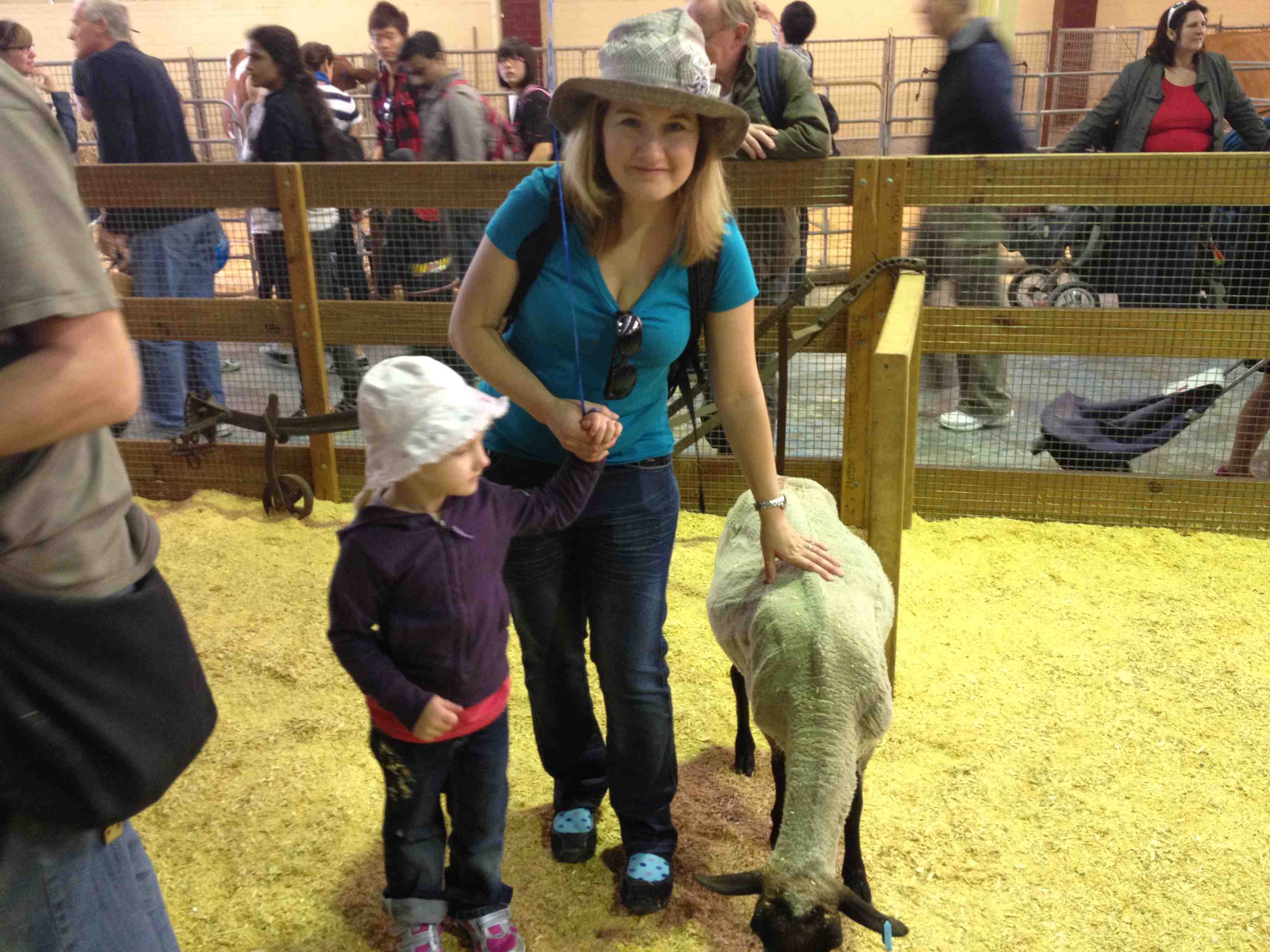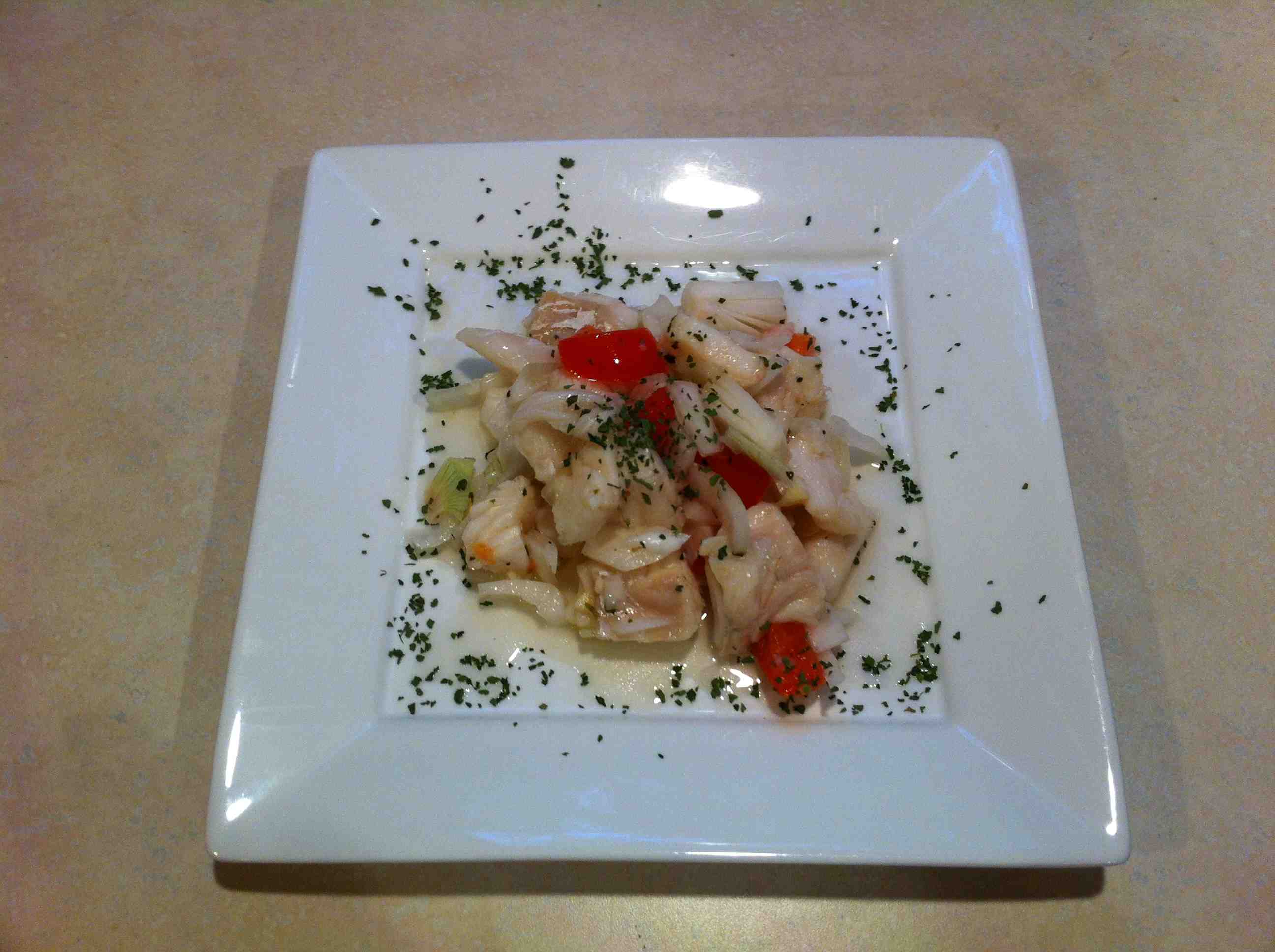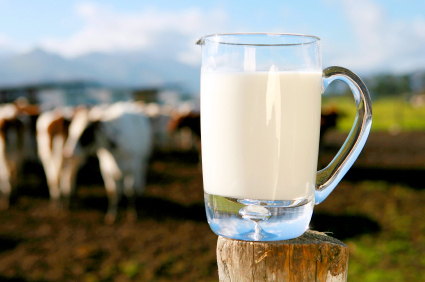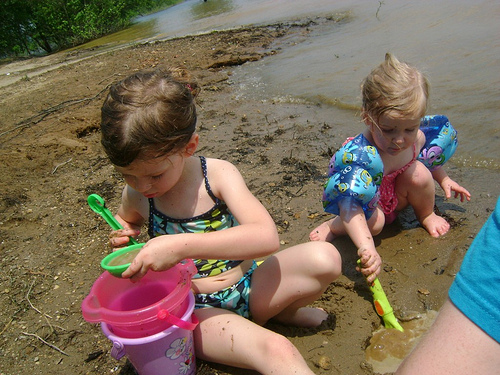In Jan. 2010, the owners of The Family Cow, a producer of raw milk in Pennsylvania, in partnership with Whole Foods, took the Intertubes to extol the virtues of raw milk (video below).
In Jan. 2012, after a preliminary investigation had linked 12 people sick with Campylobacter to raw milk consumption, Edwin Shank, the owner of Shankstead EcoFarm, trading as The Family Cow in Chambersburg, Pennsylvania, wrote in an e-mail to customers, “In spite of some over-eager reporting, there have been NO positive  campylobacter tests from unopened container of our raw milk either by the PDA lab or from QC Labs, the certified lab that we use.
campylobacter tests from unopened container of our raw milk either by the PDA lab or from QC Labs, the certified lab that we use.
“When your emails started pouring in, one thing became immediate obvious. There is an unusually powerful stomach and lower gastrointestinal illness with acute 7-10 day diarrhea going through our communities. Some say it’s nationwide.
“So, if we were looking for an easy way out, and looking to shift the blame, it looks like we could have our answer. It’s not us! It’s not our milk! It’s a virus. It’s the flu. It is nationwide so don’t blame us!”
At least 65 people were sickened in that outbreak.
Now, the Pennsylvania Departments of Agriculture and Health has advised consumers to discard raw milk produced by The Family Cow because of potential bacterial contamination, based on laboratory tests and five sick people.
Again Campylobacter.
Again, epidemiology works.
The Family Cow, owned and operated by Edwin Shank, sells directly to consumers in an on-farm retail store and at drop off locations and retail stores around Pittsburgh, Philadelphia and the Lehigh Valley, as well as south-central Pennsylvania.
Agriculture officials ordered the owners of the farm to stop the sale of all raw milk until further notice.
Shank, 43, told Trib Live, “We’re working with the state, doing additional testing and strengthening safety protocols. We have our laboratory. We test and hold every batch.”



 The recalled cheese was cut and packaged in clear plastic wrap with a Whole Foods Market scale label, and a code beginning with 293351. The recalled cheese was sold between May 20 and July 3, 2012.
The recalled cheese was cut and packaged in clear plastic wrap with a Whole Foods Market scale label, and a code beginning with 293351. The recalled cheese was sold between May 20 and July 3, 2012. On April 1, an independent lab confirmed the products tested positive for Salmonella. It was found in raw milk sold in a plastic bottle and raw milk cheese with a date code of March 25, 2012.
On April 1, an independent lab confirmed the products tested positive for Salmonella. It was found in raw milk sold in a plastic bottle and raw milk cheese with a date code of March 25, 2012..jpg) Campylobacter bacteria has caused most of the outbreaks, and salmonella caused the remainder. More than 250 people became ill.
Campylobacter bacteria has caused most of the outbreaks, and salmonella caused the remainder. More than 250 people became ill..jpg) confirmed in Pennsylvania and and four cases in Maryland.
confirmed in Pennsylvania and and four cases in Maryland. .jpg) farm sent last week to QC Labs has tested negative for pathogens.
farm sent last week to QC Labs has tested negative for pathogens..jpg) have our answer. It’s not us! It’s not our milk! It’s a virus. It’s the flu. It is nationwide so don’t blame us!”
have our answer. It’s not us! It’s not our milk! It’s a virus. It’s the flu. It is nationwide so don’t blame us!” mission
mission are open and actually there was a good turnout today. A link to the park has not been established."
are open and actually there was a good turnout today. A link to the park has not been established." 6-year-old girl, a 15-month-old boy and several children who apparently suffered "mild symptoms" but did not require hospitalization.
6-year-old girl, a 15-month-old boy and several children who apparently suffered "mild symptoms" but did not require hospitalization.